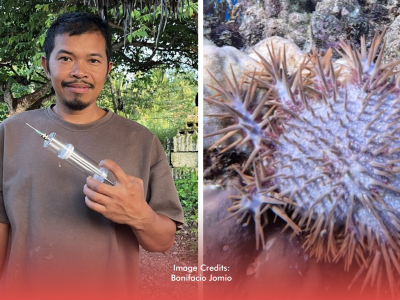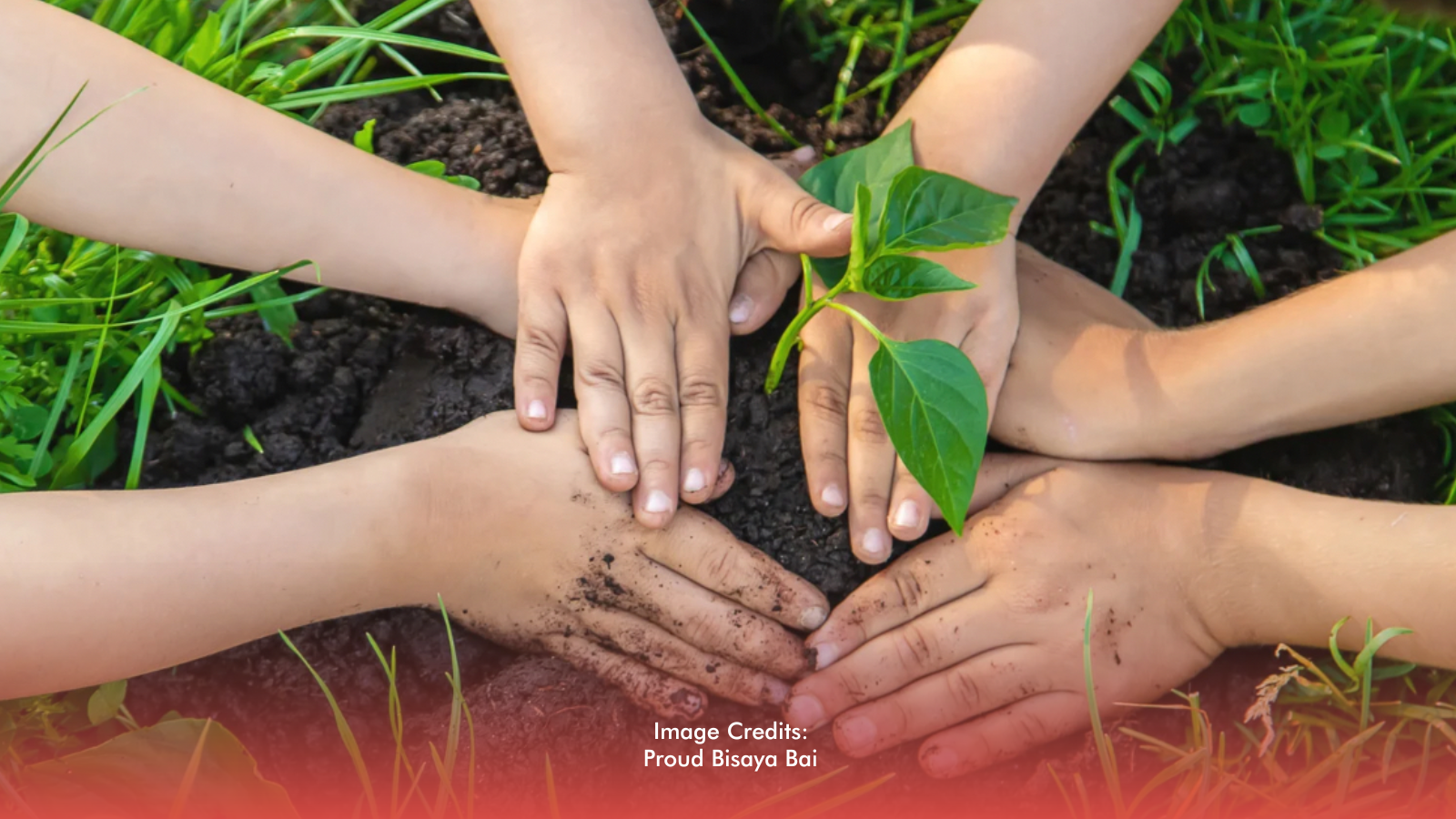When a magnitude 6.9 earthquake struck northern Cebu, three University of Cebu–Main Campus students turned their coding skills into a lifeline. Harnessing technology for bayanihan, they built a real-time web application to connect quake victims with volunteers, donors, and rescuers.
The platform allows users to pin exact household locations and specify urgent needs such as food, water, medicine, or shelter. Each pin on the map represents a family waiting for help, guiding responders on where to go and what supplies to bring.
Bridging Relief Gaps
“We saw the problem because many were posting online that relief was not well distributed,” said developer Clint Alonzo.
Together with fellow Information Technology students Vince Igot and Ralph Adrianne Dilao, Alonzo designed the app to centralize information and make relief efforts more transparent. Victims or their relatives can drop pins on the map, while rescuers can navigate directly using Google Maps integration. Even if victims lack signal, relatives elsewhere can mark their location for them.
The team is also working on a “resolved” button to track households that have already received aid, preventing duplication. They are exploring guidance from instructors and partnerships with local government units (LGUs) to integrate the tool into official disaster response systems.
Digital Bayanihan in Action
Accessible at https://cebu-calamity-response.vercel.app, the app has drawn praise for making the bayanihan spirit digital. Users are reminded that “every pin matters,” as each marker signifies a real family in need.
Another young Cebuano innovator, Charles Zoilo Yana of Cebu Technological University–Danao Campus, launched a similar project: the “Northern Cebu Earthquake Relief Map Guide.” His site has already mapped nearly 300 locations, including hard-to-reach areas like Carnaza Island in Daanbantayan. It can be accessed at https://northerncebu-reliefmap.netlify.app.
“My main purpose is to guide responders to places that have not received much attention,” Yana explained.
Innovation for Humanity
These student-led projects highlight how innovation and compassion can work hand in hand. By transforming scattered online posts into actionable data, the apps close critical gaps in relief distribution and ensure help reaches those most in need.
“Every pin represents a family. Every pin represents a life,” Alonzo emphasized.
According to government data, the earthquake left at least 73 dead, 297 injured, and thousands displaced. Amid the tragedy, the work of these young Cebuanos shows how bayanihan can thrive in the digital age.








